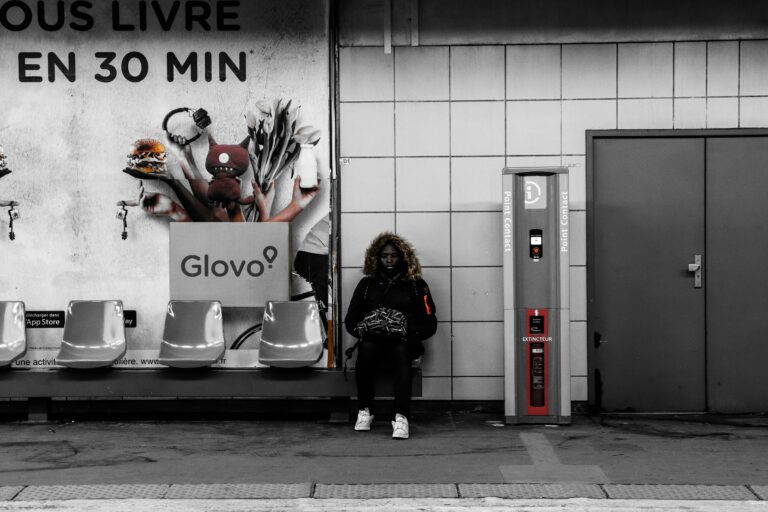This article explores the history of fashion design, the structure of the clothing industry, and the pressing issue of fast fashion’s environmental impact.
The Clothing Industry: From Fashion Design History to the Environmental Impact of Fast Fashion

The clothing industry is a vibrant and ever-evolving sector that plays a crucial role in global economies and cultures. Its roots stretch deep into fashion design history, showcasing creativity and craftsmanship across centuries. However, the rise of fast fashion has transformed the industry dramatically—bringing both accessibility and affordability but also significant environmental challenges. This article explores the history of fashion design, the structure of the clothing industry, and the pressing issue of fast fashion’s environmental impact.
Contents
The Clothing Industry Overview
1.1 What Is the Clothing Industry?
The clothing fashion industry encompasses everything involved in producing, marketing, and selling apparel. It includes:
- Textile and fabric production
- Garment manufacturing
- Wholesale and retail distribution
- Fashion design and branding
- Consumer trends and purchasing behavior
This global industry is one of the largest employers worldwide, with complex supply chains spanning multiple countries.
1.2 The Economic and Cultural Importance
The clothing industry is a multi-trillion dollar sector. It not only drives economies through trade and jobs but also reflects cultural identities and societal trends. Fashion influences social status, self-expression, and art, making the industry more than just commerce.
A Brief History of Fashion Design
2.1 Early Clothing and Fashion Origins
Humans began wearing clothing tens of thousands of years ago for protection and modesty. Over centuries, clothing evolved from simple animal skins to elaborate garments.
- Ancient civilizations like Egypt, Greece, and Rome developed textile techniques and styles.
- Middle Ages saw the rise of guilds and tailor craft.
- The Renaissance period introduced fashion as a form of status and art.
2.2 The Birth of Modern Fashion Design
The fashion design history we recognize today began in the 19th century:
- Charles Frederick Worth is often called the “father of haute couture,” establishing the first true fashion house in Paris.
- The 20th century saw the rise of famous designers like Coco Chanel, Christian Dior, and Yves Saint Laurent, who revolutionized women’s fashion.
- Ready-to-wear collections emerged post-World War II, making fashion accessible to a wider audience.
2.3 Impact of Technology and Globalization
Technological advances (like the sewing machine and synthetic fabrics) and globalization transformed production and distribution, setting the stage for the modern clothing industry.
The Rise of Fast Fashion
3.1 What is Fast Fashion?
Fast fashion refers to the rapid production of inexpensive clothing to meet the latest trends. Brands like Zara, H&M, and Forever 21 popularized this model, characterized by:
- Quick design-to-store cycles (sometimes just weeks)
- Low-cost materials and labor
- Frequent new collections to drive consumer purchases
3.2 How Fast Fashion Changed the Industry
Fast fashion democratized style, allowing consumers to buy trendy clothes at affordable prices. However, this business model relies on high volumes and rapid turnover, often at the expense of quality and sustainability.
Environmental Impact of Fast Fashion
4.1 Overconsumption and Waste
Fast fashion encourages consumers to buy more, often discarding clothes after only a few wears. This leads to:
- Massive textile waste filling landfills
- Increased water usage and pollution during production
- Overproduction causing surplus inventory and waste
4.2 Pollution and Resource Depletion
- Water pollution: Dyeing and finishing processes release toxic chemicals into water systems.
- Water consumption: It takes thousands of liters of water to produce cotton and manufacture garments.
- Carbon emissions: The clothing industry accounts for roughly 10% of global carbon emissions, more than international flights and maritime shipping combined.
4.3 Ethical and Social Concerns
Fast fashion also impacts workers’ rights, often relying on sweatshop labor under unsafe and unfair conditions, primarily in developing countries.
The Clothing Industry’s Response and Sustainable Fashion
5.1 Growing Awareness
Consumers and brands are increasingly aware of fast fashion’s impact. The rise of sustainable fashion designers and brands emphasizes:
- Ethical labor practices
- Eco-friendly materials like organic cotton and recycled fabrics
- Slow fashion models that focus on quality and durability
5.2 Innovations in Sustainable Clothing
- Use of biodegradable fabrics
- Waterless dyeing technology
- Circular fashion models encouraging recycling and reuse
5.3 Challenges Ahead
Despite progress, the clothing industry faces significant hurdles in balancing consumer demand, cost, and sustainability.
Conclusion
The clothing industry is deeply rooted in fashion design history but has evolved rapidly with the advent of fast fashion. While this has increased accessibility and trend turnover, it has come at a considerable environmental cost. Addressing the impact of fast fashion on the environment requires industry-wide change, consumer responsibility, and innovative sustainable practices. Understanding this complex dynamic helps fashion lovers and industry players make informed, ethical choices for a better future.
Exploring the World of Fashion
Discover the fascinating journey of fashion from extravagant designs to modern-day simplicity.

Shikha Singh
Keep in touch with our news & offers
Subscribe to Our Newsletter
Thank you for subscribing to the newsletter.
Oops. Something went wrong. Please try again later.






